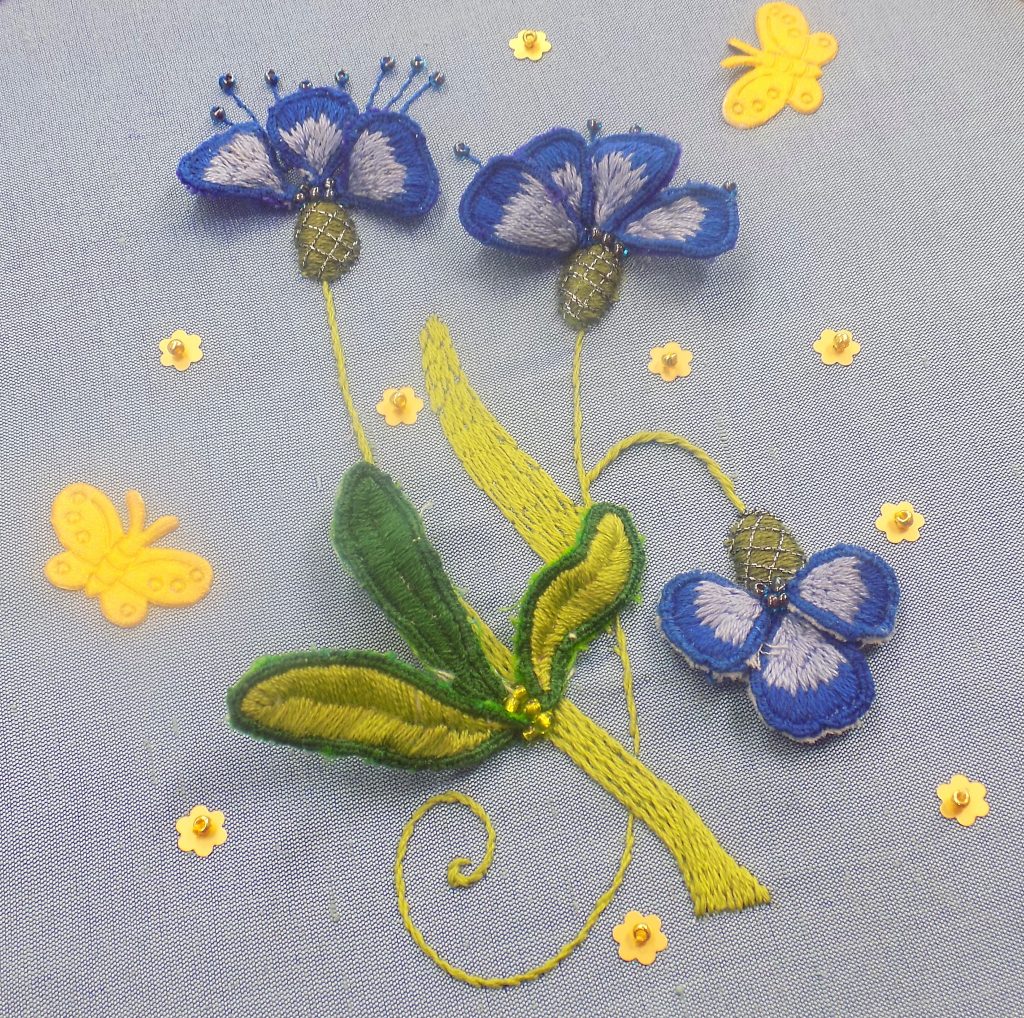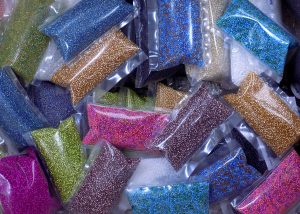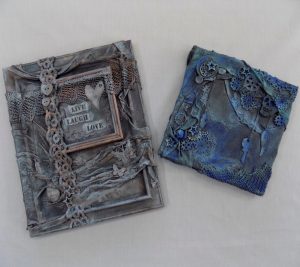
I have been having lots of fun this week experimenting with our new range of Powertex products. Having worked with a visiting Powertex tutor I took myself off to Powertex UK to learn more about this exciting product.
Powertex fabric hardener and textile hardener is an environmentally friendly water-based liquid sculpting medium. It can harden absorbent materials such as textiles, paper, cardboard, fabrics, leather and fiberglass and can be easily combined with self-hardening clays, concrete, stone, ceramic, wood, sand and Stone Art.
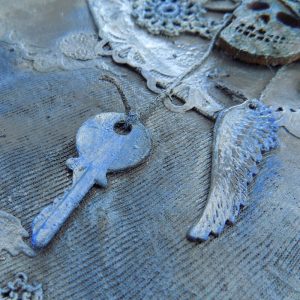
Over the summer I have been collecting a range of materials to recycle as Powertex offers masses of opportunities for ‘green’ crafting. I have turned many old t-shirts into t-shirt yarn which we will come in really useful once I move onto bigger figures. Old jewellery is also a great resource, broken necklaces and old buttons and beads. I also discovered some lovely but stained old crocheted doilies in a charity shop and these too will be getting the treatment.
As a way of introducing Powertex I am running a course called Out of the Frame. 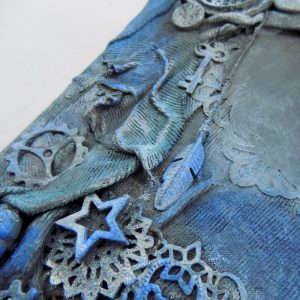 This week I have been busy making the samples. First I covered my base materials – old frames and canvases – with some of those recycled t-shirts then I got creative. Powertex is absorbed by the fabric but takes some time to become hard so it allows for lots of opportunities to change my mind and reposition the elements of my designs. In order to get some elements to adhere you need a little patience and some jiggery pokery with scraps of lace and paper.
This week I have been busy making the samples. First I covered my base materials – old frames and canvases – with some of those recycled t-shirts then I got creative. Powertex is absorbed by the fabric but takes some time to become hard so it allows for lots of opportunities to change my mind and reposition the elements of my designs. In order to get some elements to adhere you need a little patience and some jiggery pokery with scraps of lace and paper.
Time for a brew and step back for half an hour, and now the pieces I have been working on are well on the way to dry. At this point I need to pick a palette of colours for each piece I’m working on. Steampunk is gradually turning into shades of blue while my fantasy frame is a little more subtle with metallic shade.
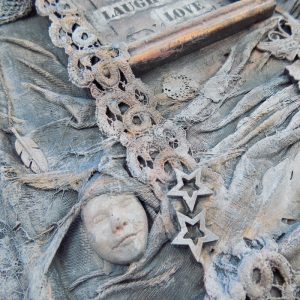
Unlike other coloured media you cannot go too wrong with colour on Powertex pieces. If it’s too strong I simply take a little Powertex on my brush and blend it over to soften the effect. A little patience, a little layering, and I am done.
Now….fairy houses….hmmm!
Purple Boots x
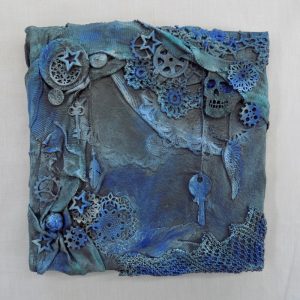
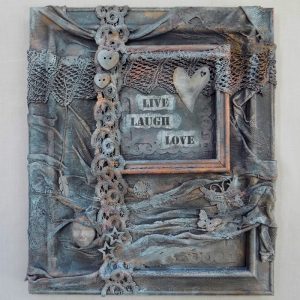
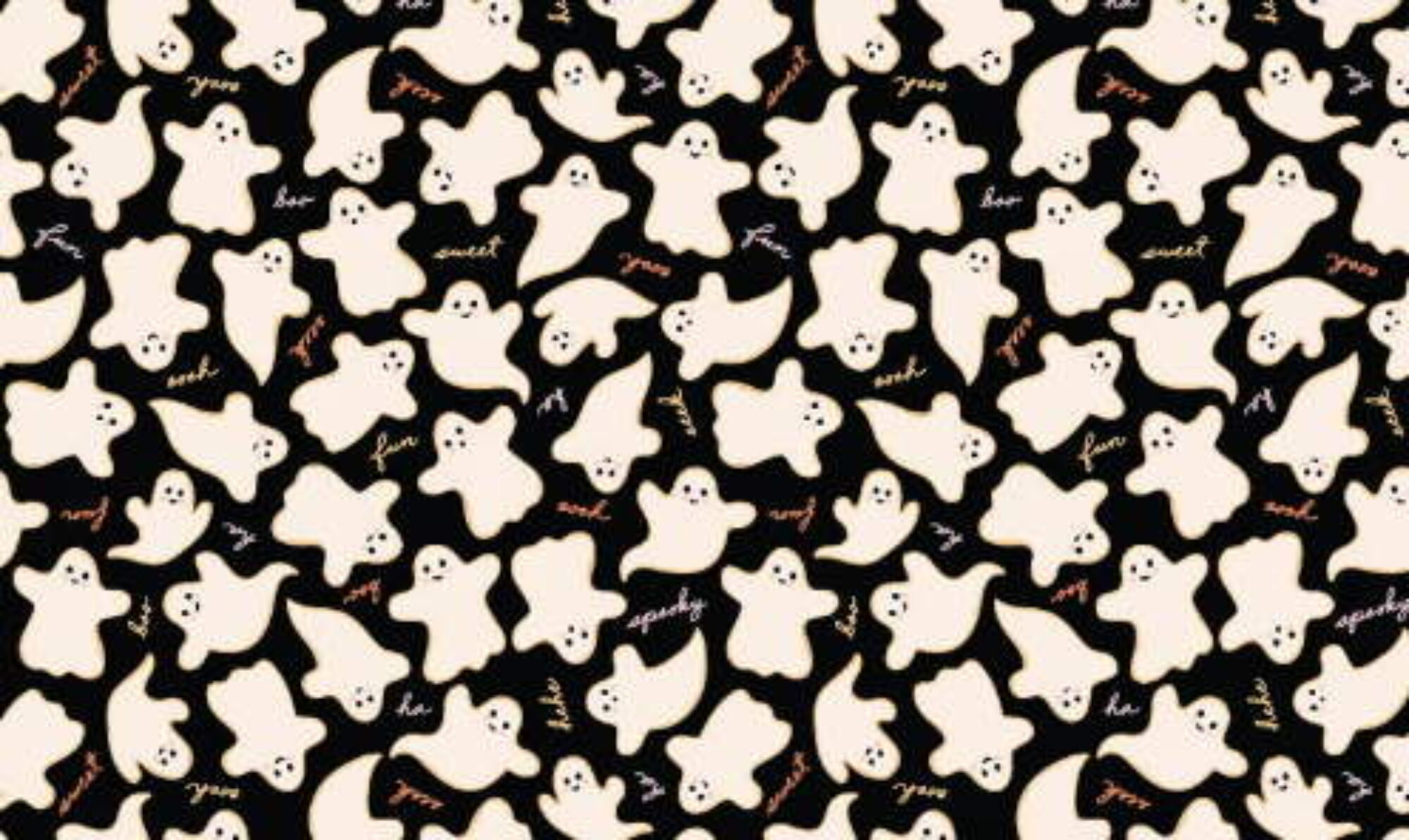

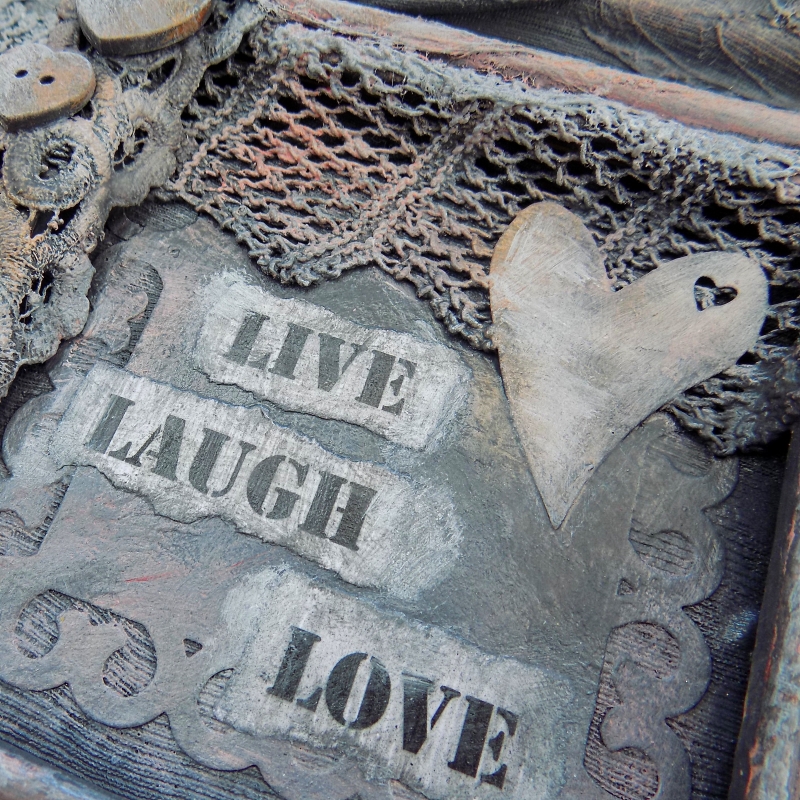
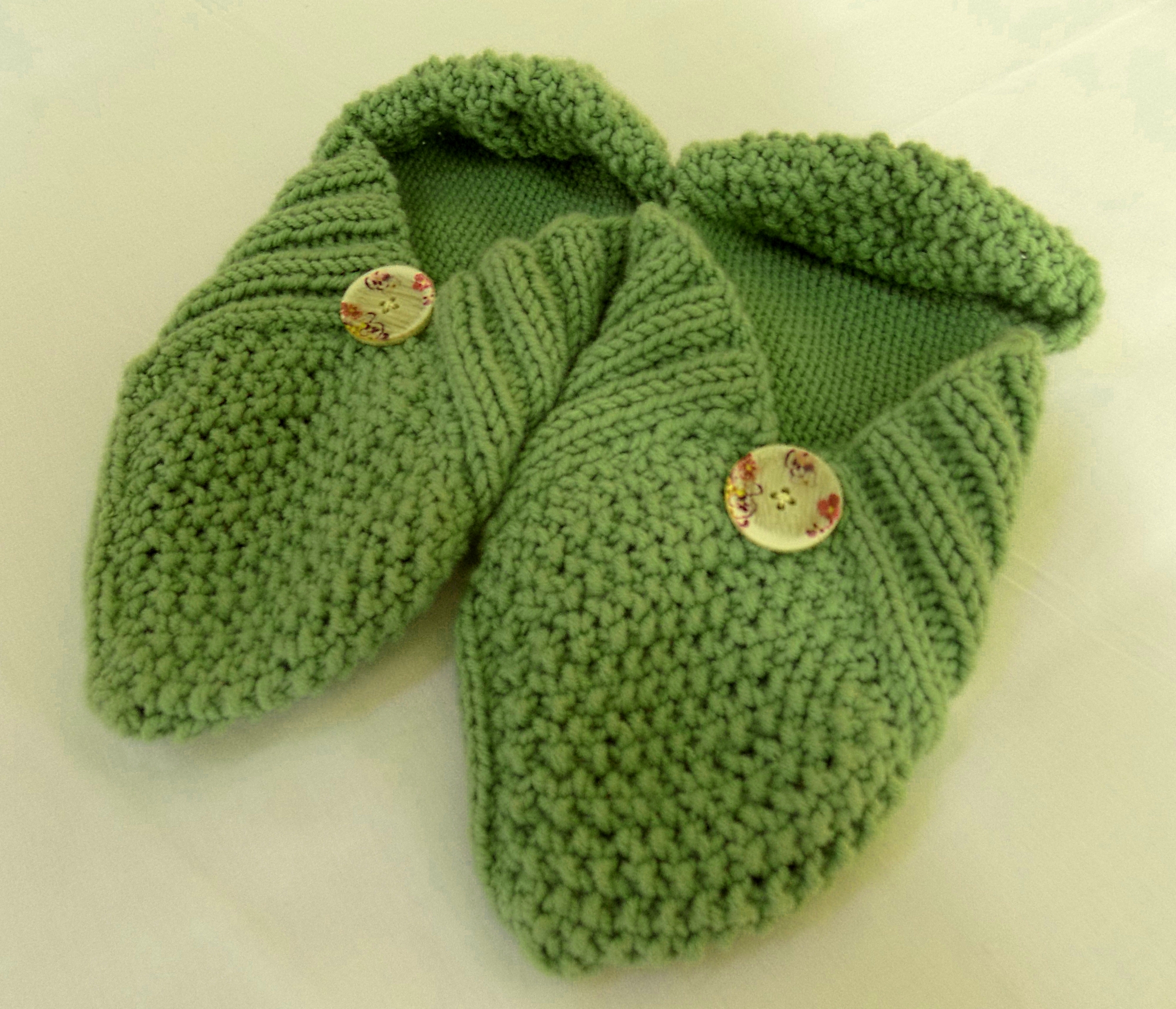
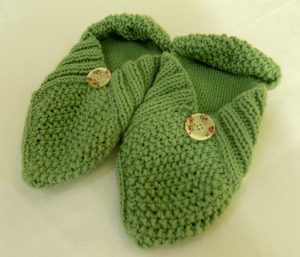
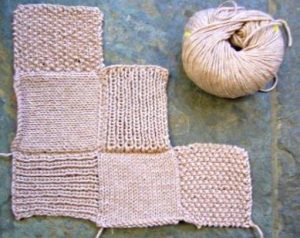
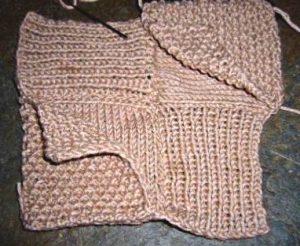
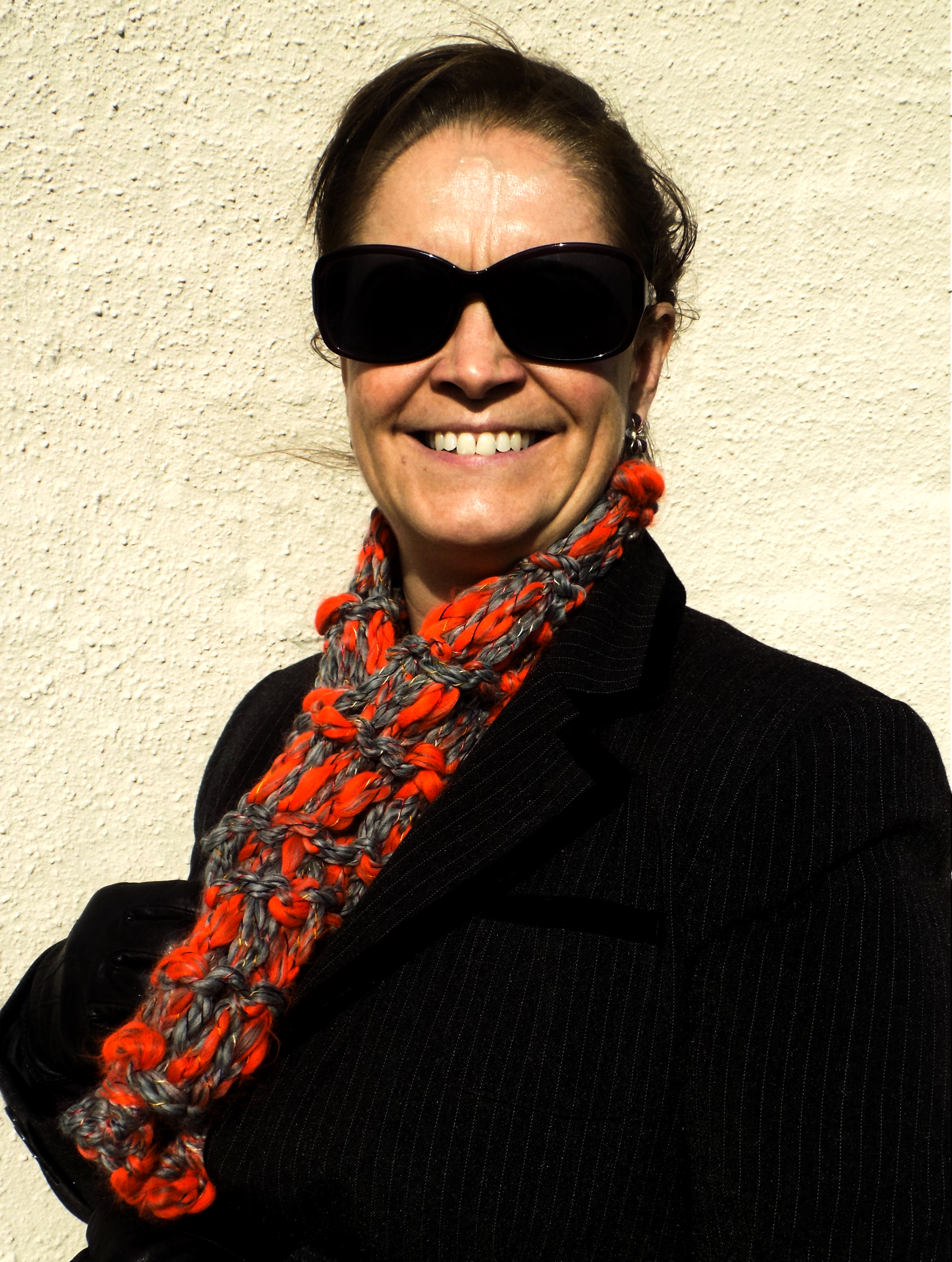
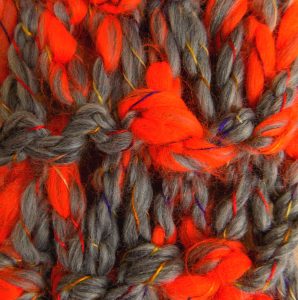
 such a large variety of ways.
such a large variety of ways. I’m so pleased I responded your email as the benefits seen in the students from having one of the beautiful hand-made blankets is so warming.
I’m so pleased I responded your email as the benefits seen in the students from having one of the beautiful hand-made blankets is so warming.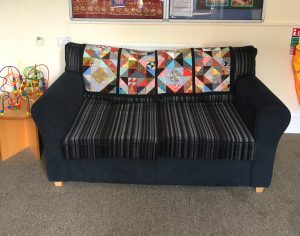
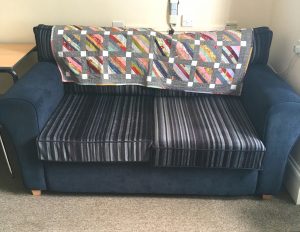 give some quilts to, after Ruth’s visit to our last meeting at Tudor Rose. the quilts had been sitting on the top of her wardrobe (as you do) and they have now found a new home
give some quilts to, after Ruth’s visit to our last meeting at Tudor Rose. the quilts had been sitting on the top of her wardrobe (as you do) and they have now found a new home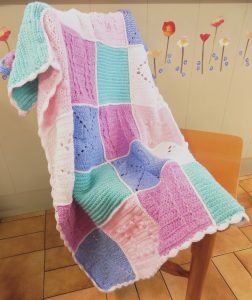
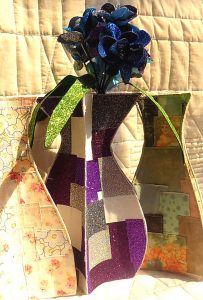
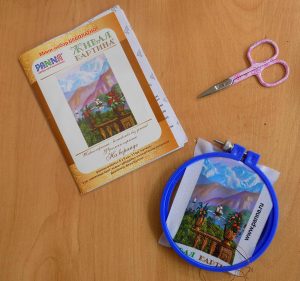
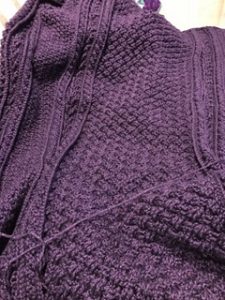 balling. Well they were paintballing, I sat in the car and crocheted, jumped out into the rain, fed them, sent them off again, jumped back in the car, crochet and repeat. They all had a brilliant time and were exhausted by 4 o’clock. I had a marvellous time being able to crochet without feeling guilty that I wasn’t doing housework/ironing/vacuuming etc etc.
balling. Well they were paintballing, I sat in the car and crocheted, jumped out into the rain, fed them, sent them off again, jumped back in the car, crochet and repeat. They all had a brilliant time and were exhausted by 4 o’clock. I had a marvellous time being able to crochet without feeling guilty that I wasn’t doing housework/ironing/vacuuming etc etc.